| Model S | |
|---|---|
 | |
| Curtiss S-3 | |
| Role | fighter |
| National origin | United States |
| Manufacturer | Curtiss Aeroplane and Motor Company |
The Curtiss Model S (also known as Speed Scout or Model 10) was a single-seat fighter aircraft. [1]
| Model S | |
|---|---|
 | |
| Curtiss S-3 | |
| Role | fighter |
| National origin | United States |
| Manufacturer | Curtiss Aeroplane and Motor Company |
The Curtiss Model S (also known as Speed Scout or Model 10) was a single-seat fighter aircraft. [1]
The Model S was Curtiss' first attempt at a fast and maneuverable single-seat fighter. The first variant, S-1, had disappointing performance. In March 1917, new wings were attached to the S-1 fuselage and the project was redesignated S-2. In 1917, the S-3 became the first triplane in service in the United States. In 1918 and 1919, Curtiss experimented with seaplane versions of the S-3, designated S-4 and S-5. The S-6 was intended to be an improved S-3, but performance was poor and of the 12 ordered by the USASC, only 1 was delivered. [1]


Data from [1]
General characteristics
Performance

A triplane is a fixed-wing aircraft equipped with three vertically stacked wing planes. Tailplanes and canard foreplanes are not normally included in this count, although they occasionally are.

The Curtiss SOC Seagull was an American single-engined scout observation seaplane, designed by Alexander Solla of the Curtiss-Wright Corporation for the United States Navy. The aircraft served on battleships and cruisers in a seaplane configuration, being launched by catapult and recovered from a sea landing. The wings folded back against the fuselage for storage aboard ship. When based ashore or on carriers the single float was replaced by fixed wheeled landing gear.

The Curtiss SC Seahawk was a scout seaplane designed by the Curtiss Aeroplane and Motor Company for the United States Navy during World War II. The existing Curtiss SO3C Seamew and Vought OS2U Kingfisher were gradually replaced by the Seahawk in the late stages of the war and into peacetime.

The Boeing F3B was a biplane fighter and fighter bomber that served with the United States Navy from 1928 into the early 1930s.
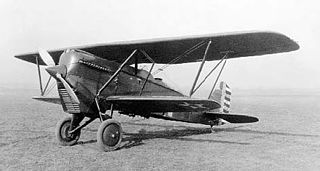
The Boeing XP-7 was a prototype United States biplane fighter of the 1920s.
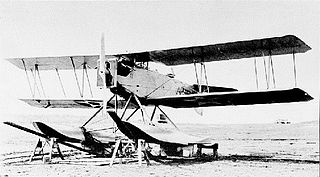
The Aeromarine AS was a seaplane fighter aircraft evaluated by the US Navy in the early 1920s.
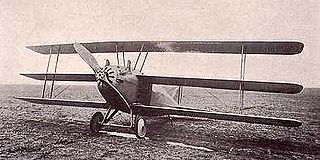
The Curtiss 18T, unofficially known as the Wasp and by the United States Navy as the Kirkham, was an early American triplane fighter aircraft designed by Curtiss for the US Navy.

The Curtiss R3C is an American racing aircraft built in landplane and floatplane form. It was a single-seat biplane built by the Curtiss Aeroplane and Motor Company.

The Curtiss Twin JN was an experimental aircraft built by the Curtiss Aeroplane and Motor Company for the United States Army Air Service. It was a biplane, designed for observation missions.

The Berliner-Joyce OJ was an American biplane observation floatplane developed by the Berliner-Joyce Aircraft for the United States Navy during the early 1930s.
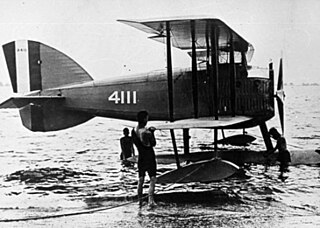
The Curtiss HA was an American biplane seaplane designed by Captain B.L. Smith of the United States Marine Corps, and built by Curtiss Aeroplane and Motor Company. Despite the nickname, it's unrelated to the 1940 Battle of Dunkirk.

The Curtiss XF13C was a carrier-based fighter aircraft built by Curtiss Aeroplane and Motor Company.

The Douglas XFD was a carrier-based biplane fighter aircraft designed for the United States Navy, and the first fighter to be built by the Douglas Aircraft Company. A victim of changing requirements, no production was undertaken.
The Martin KF-1 was an American biplane fighter aircraft designed and built by Captain James V. Martin.

The Orenco D was an American biplane fighter aircraft, designed by Orenco and built by Curtiss Aeroplane and Motor Company. It was the first fighter type of completely indigenous design to enter US military service.

The Wright XF3W was an American racing aircraft built by Wright Aeronautical for the United States Navy.

The Wanamaker Triplane or Curtiss Model T, retroactively renamed Curtiss Model 3 was a large experimental four-engined triplane patrol flying boat of World War I. It was the first four-engined aircraft built in the United States. Only a single example (No.3073) was completed. At the time, the Triplane was the largest seaplane in the world.

The Vought XSO2U was an American observation floatplane developed by Vought-Sikorsky for the United States Navy during the late 1930s. Intended to replace the Curtiss SOC Seagull in service as a scout aboard cruisers, it proved superior to the Curtiss SO3C in evaluation, but failed to win a production contract due to Vought's lack of manufacturing capacity.

The Curtiss Model 41 Lark was a commercial biplane manufactured by Curtiss Aeroplane and Motor Company that was used by pioneering airmail, airline and bush pilots in the 1920s.
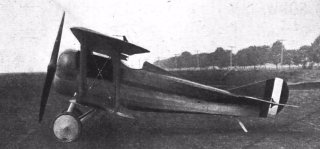
The Orenco B was a prototype American fighter aircraft of World War I. It was a single-engined, single-seat biplane that flew in 1918. Although it demonstrated good performance, it did not enter large scale service.